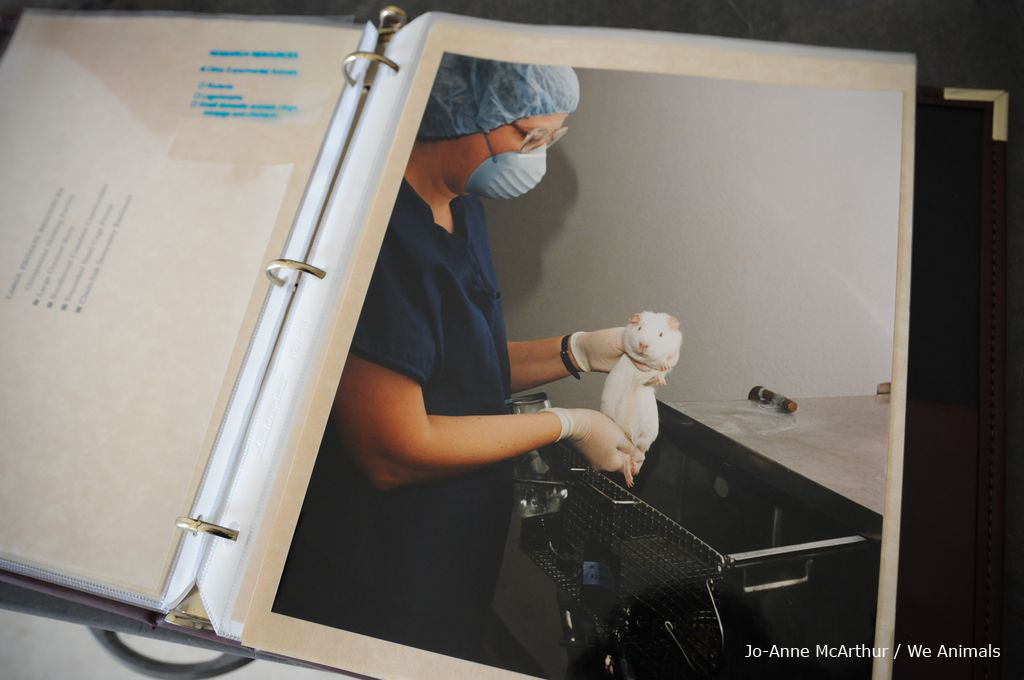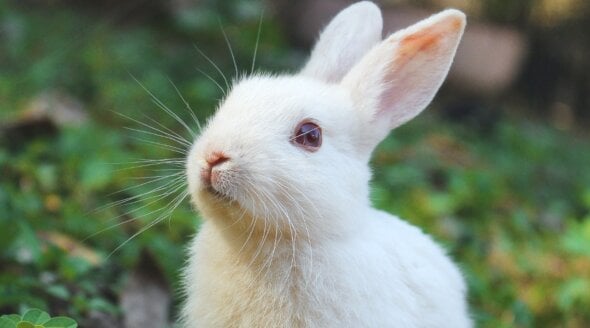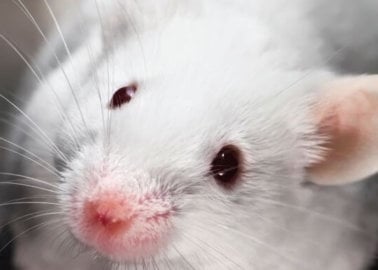Five Experiments Exposed: Cruelty in UK Laboratories
Experiments are a nightmare for the animals used in them – from macaques to guinea pigs – and they’re happening right on our doorstep. While the UK has made progress by banning the testing of ingredients used exclusively for cosmetics, over 2.6 million animals are still tormented in UK laboratories each year for other purposes. It’s never OK to harm another sentient being, and not only are these experiments agonising for the animals used in them, they also hinder scientific progress and can delay the development of much-needed drugs and treatments.
This World Day for Animals in Laboratories, brace yourself for the following chilling examples of what living, feeling beings endure and discover how you can help stop these archaic practices.
1. Guinea Pigs Squeezed Into Tubes
Imagine being forced to inhale paint or a cleaning product for four excruciating hours. In a study designed to expose guinea pigs to the greatest possible amount of a substance in gaseous form, the animals were squeezed into inhalation tubes, immobilised, and forced to inhale a solvent used in paints, inks, cleaners, road construction products, fire foams, and lubricants for hours.
One guinea pig was euthanised due to welfare concerns after exhibiting symptoms such as irregular breathing, dull eyes, impaired movement, and weight loss. Post-mortem examination revealed they had a perforated colon with abnormal red coloration, gastrointestinal distension, and pale liver lobes.
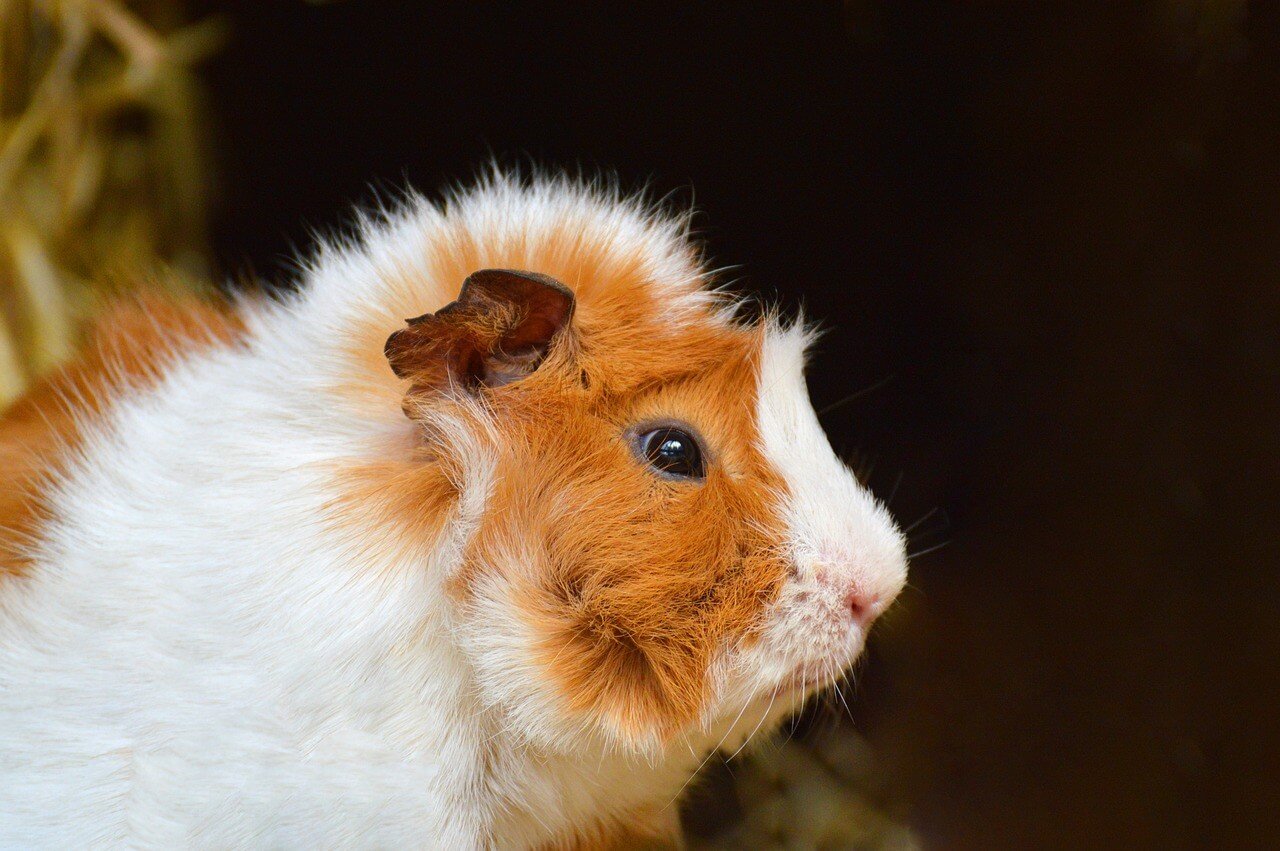
2. Guinea Pigs Injected With a Deadly Nerve Agent Then Killed
After all the prime minister’s tough talk on terrorism, it’s alarming to discover that the Ministry of Defence (MoD) has been secretly using the deadly nerve agent sarin to poison guinea pigs within our own borders.
Upon being injected with it, the guinea pigs experienced tremors, excessive salivation, and hypothermia. If they weren’t killed by the substance within 24 hours, they were euthanised.
Such tests are as misleading as they are cruel, because animals respond to chemical agents and antidotes differently than humans but they still feel pain and fear just like we do. The MoD has the best technology in the world at its disposal – it does not need to torture animals in costly and agonising experiments that are often irrelevant to the human clinical condition.
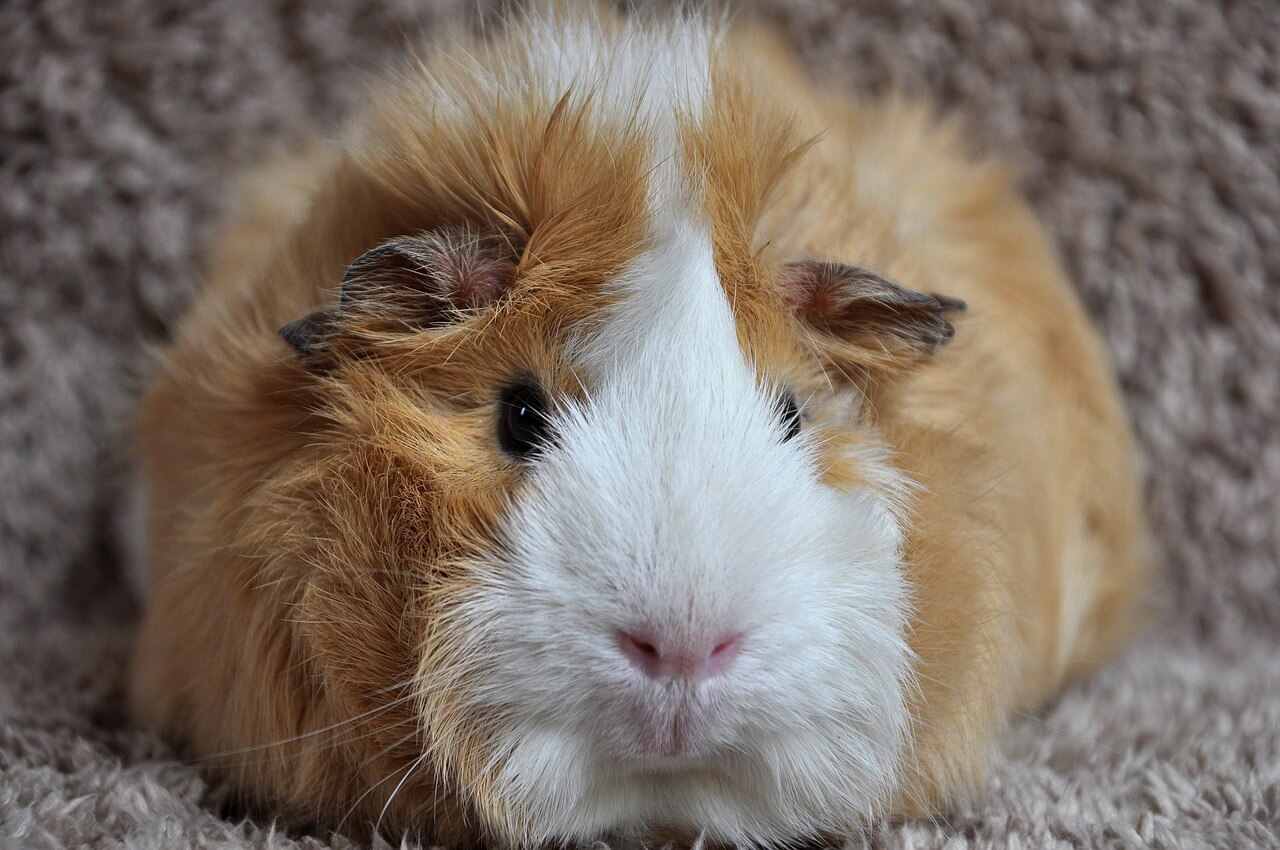
3. Devices to Be Implanted in Macaques’ Skulls and Backs
A laboratory in the UK has received a licence to conduct an experiment on over 100 macaques, during which the monkeys will undergo up to eight surgeries to attach a headpiece to their skull, insert electrodes in their arms, and implant a device in their back. This will mean that experimenters can access their spinal cord – while the monkeys are restrained by the neck and arms and forced to perform behavioural tasks.
Some of the macaques will be injected with drugs or a virus while performing the tasks, and others will be subjected to the application of heat to cause them pain when they move. Experimenters will perform surgeries on some of these sensitive animals to inflict additional brain or spinal damage.
Typical side effects of these horrific procedures include severe stress, infected wounds, and bladder and bowel dysfunction. All this horror is caused in a misguided attempt to study human conditions such as strokes. Strokes affects more than 950,000 people in the UK, generating costs in excess of £25 billion. Thanks to technological advances and forward-thinking scientists, strokes can be studied without harming animals by using mini brains, organoids, and organ-on-a-chip methods as well as computational models and patient data. Considering that in the UK, someone suffers from a stroke every five minutes, we can’t afford to spend limited resources on cruel experiments on animals that frequently fail to yield data relevant to humans.
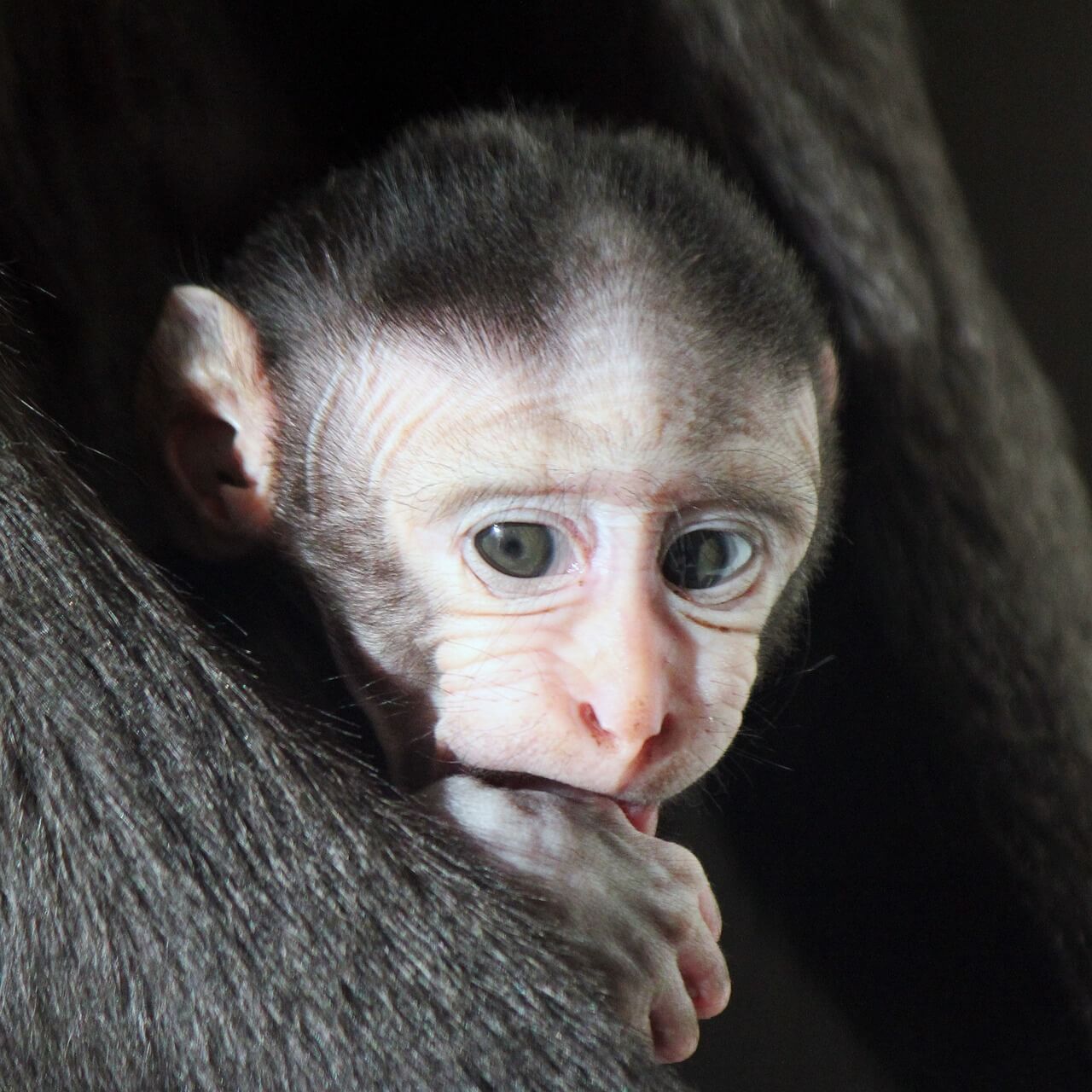
4. Rabbits Injected in the Eyes With Drugs Then Killed
If the idea of making someone cry just to study their tears and then kill them sounds sinister to you, you’ll be disgusted to learn that this is what some rabbits are being subjected to right here in the UK. In a misguided attempt to understand more about how the human body reacts when exposed to substances, experimenters applied a cocktail of drugs to the surface of rabbits’ eyes then collected their tears for analysis. They also injected the substance directly into the eyes of other rabbits – whom they then killed and dissected.
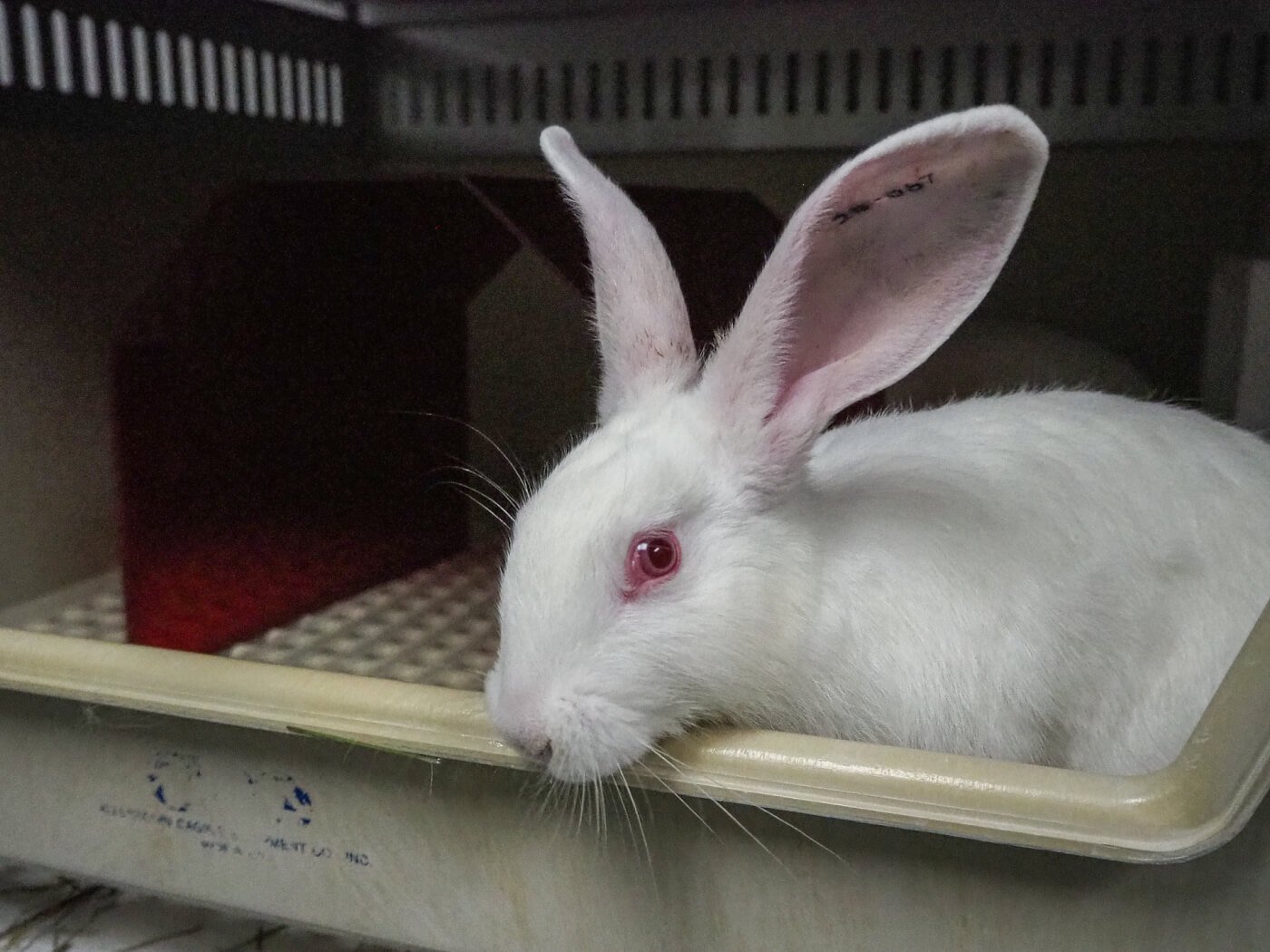 Roger Kingbird / We Animals Media
Roger Kingbird / We Animals Media
5. Mice Injected in the Spine With Toxins Then Killed
In one laboratory, experimenters injected mice with the toxin botulinum – which is used in anti-wrinkle injections such as Botox – to observe how these sensitive animals perceive pain.
The mice were gassed to render them unconscious, and the substance was injected into their spinal cord. The experimenters deliberately damaged nerves in one leg of some mice to make them hypersensitive to pain. After the mice regained consciousness, experimenters moved the animals to a plexiglass box with a floor made of sharp metal to assess pain responses, observing the extent to which the mice tried to lift their paws off the floor as a measure of their suffering. Tormentors also applied acetone, a solution which causes a freezing sensation, to the mice’s feet and recorded the time they spent licking and biting their paws.
The mice were later placed in mazes, where they attempted to navigate their way to freedom – unaware that there was no way out. At the end of the experiment, the mice were killed and their bodies were dissected.
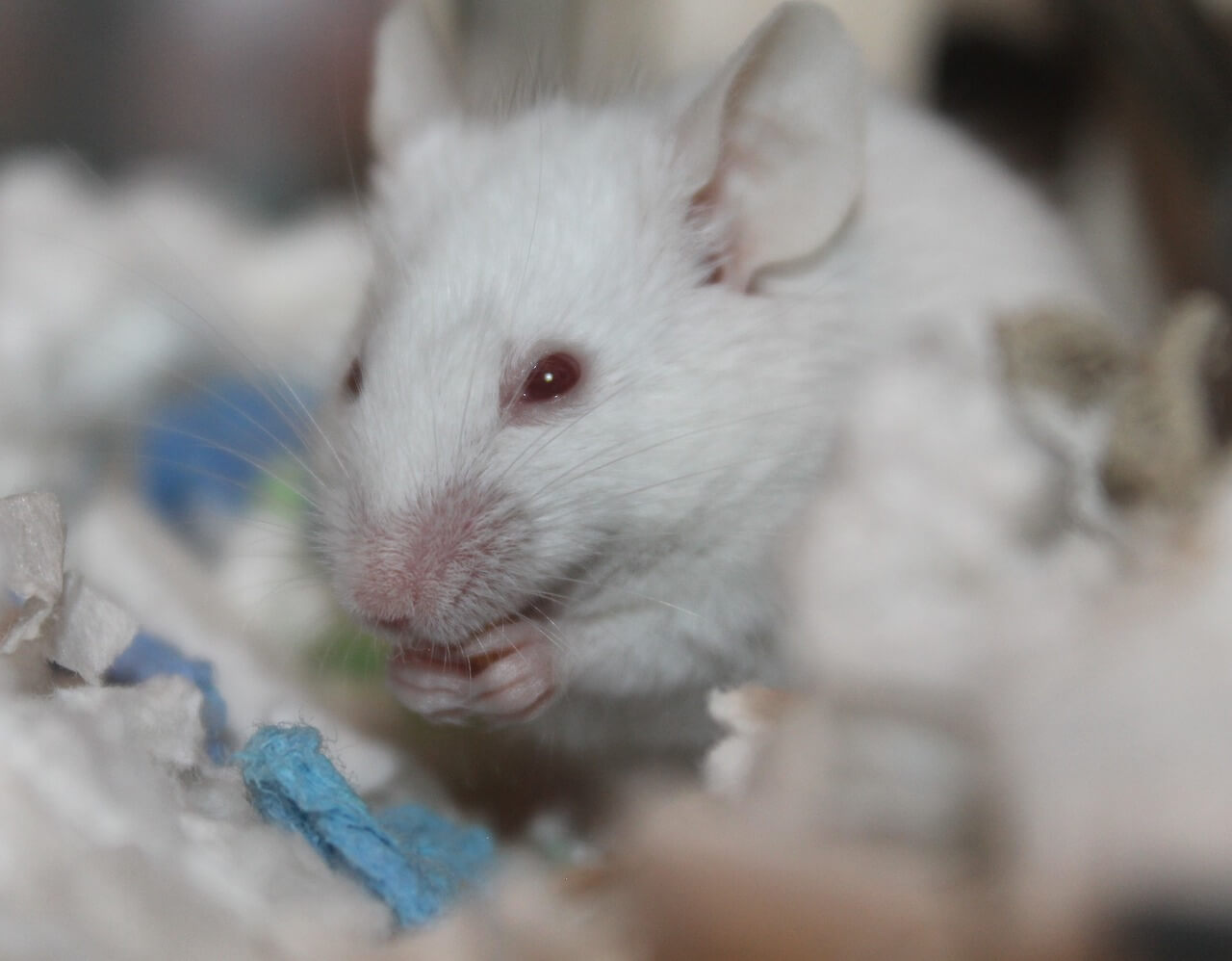
Rats Subjected to Near-Drowning Then Killed
In a widely criticised test that still takes place at the University of Bristol, experimenters induce panic in vulnerable small animals such as rats, who may be dosed with a substance, by putting them into inescapable cylinders of water, where they swim, terrified of drowning. They attempt to climb the steep sides of the container and even dive underwater to look for an escape.
The test is conducted under the erroneous assumption it can reveal something about mental health conditions in humans. Once the test is complete, experimenters kill the animals – either by gassing, inflicting blunt-force trauma to the head, inducing anaesthetic overdose, or breaking their necks – to study their brains.
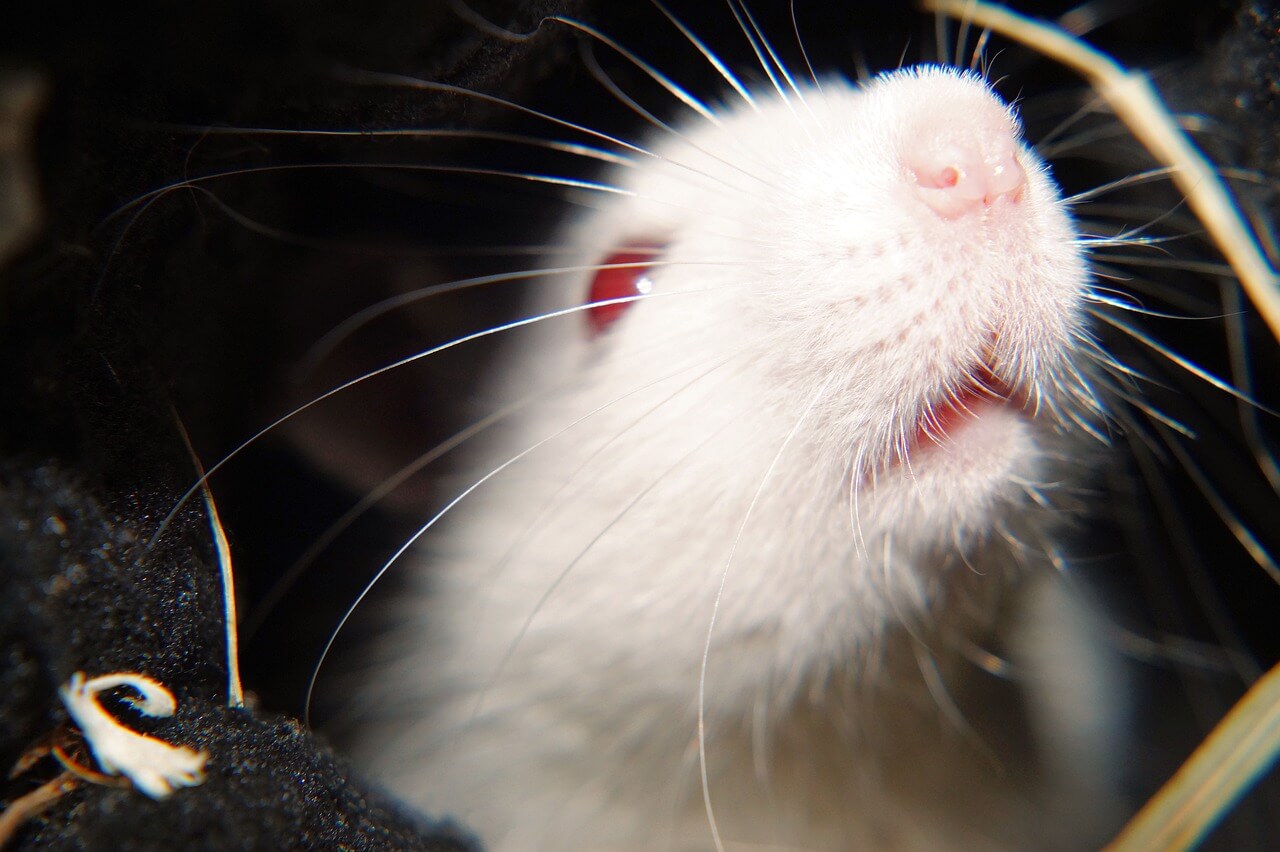
Animals in Laboratories Need Your Help
The UK could be a world leader in modern non-animal science. Urge your MP to take a stand against cruel experiments and embrace human-relevant research fit for the 21st century:

